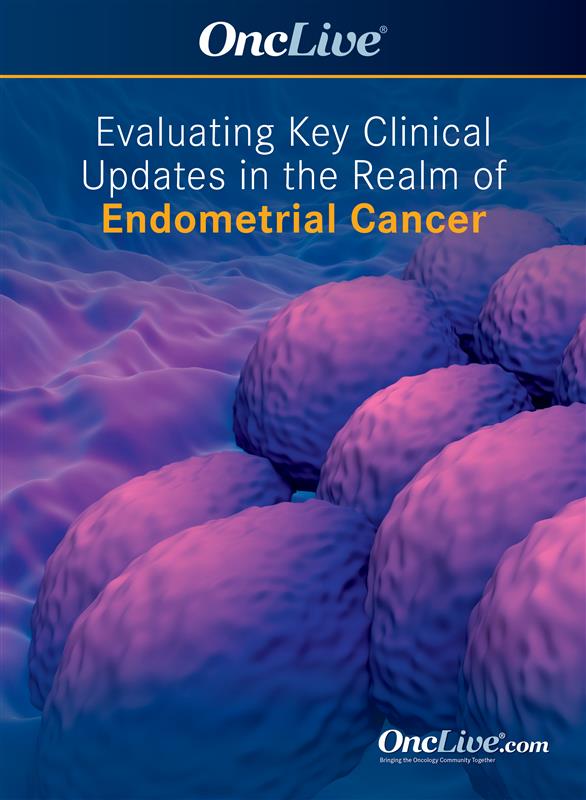Dr Richardson on the Efficacy of Selinexor in TP53 Wild-Type Endometrial Cancer
Debra L. Richardson, MD, FACS, FACOG, discusses the impact of selinexor’s mechanism of action on the agent’s clinical efficacy in patients with TP53 wild-type advanced or recurrent endometrial cancer.
Debra L. Richardson, MD, FACS, FACOG, associate professor and chief, Section of Gynecologic Oncology, Oklahoma TSET Phase I Program, Stephenson Cancer Center, The University of Oklahoma (OU) College of Medicine, OU Health, discusses the impact of selinexor’s (Xpovio) mechanism of action on the agent’s clinical efficacy in patients with TP53 wild-type advanced or recurrent endometrial cancer.
The phase 3 ENGOT-EN5/GOG-3055/SIENDO trial (NCT03555422) evaluated maintenance therapy with selinexor in women with stage IV or primary relapsed endometrial cancer. Results from the primary analysis of the trial did not demonstrate improved median progression-free survival (PFS) with the investigational agent vs placebo for patients in the intention-to-treat population. However, a prespecified analysis of a subgroup of patients with TP53 wild-type endometrial cancer demonstrated an encouraging PFS benefit, Richardson says.
Data from this investigation were presented at the 2023 IGCS Annual Global Meeting, showing that selinexor (n = 77) produced a median PFS of 27.4 months (95% CI, 13.1-not reached [NR]) vs 5.2 months (95% CI, 2.0-13.1) with placebo (n = 36; HR, 0.41; 95% CI, 0.25-0.69; 1-sided nominal P = .0002).
As an investigational oral XPO1 inhibitor, selinexor functions to block the XPO1-mediated export of many tumor suppressor proteins, Richardson explains. Its ability to promote the accumulation of tumor suppressor genes in the nucleus suggests a potential correlation with p53 functionality, she states. This mechanism may explain the agent’s notable efficacy in the TP53 wild-type population.
Further stratification based on microsatellite stability status within the TP53 wild-type population revealed improvements in PFS in patients with mismatch repair–proficient (pMMR) and deficient (dMMR) disease, with a more notable trend observed in the p53 wild-type pMMR population, Richardson reports. It’s important to approach these findings cautiously and recognize the need for validation through randomized trials, Richardson cautions.
The ongoing phase 3 XPORT-EC-042 trial (NCT05611931) aims to confirm these preliminary results and further shed light on potential associations between selinexor’s efficacy and specific molecular profiles, Richardson concludes.




